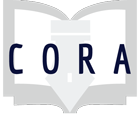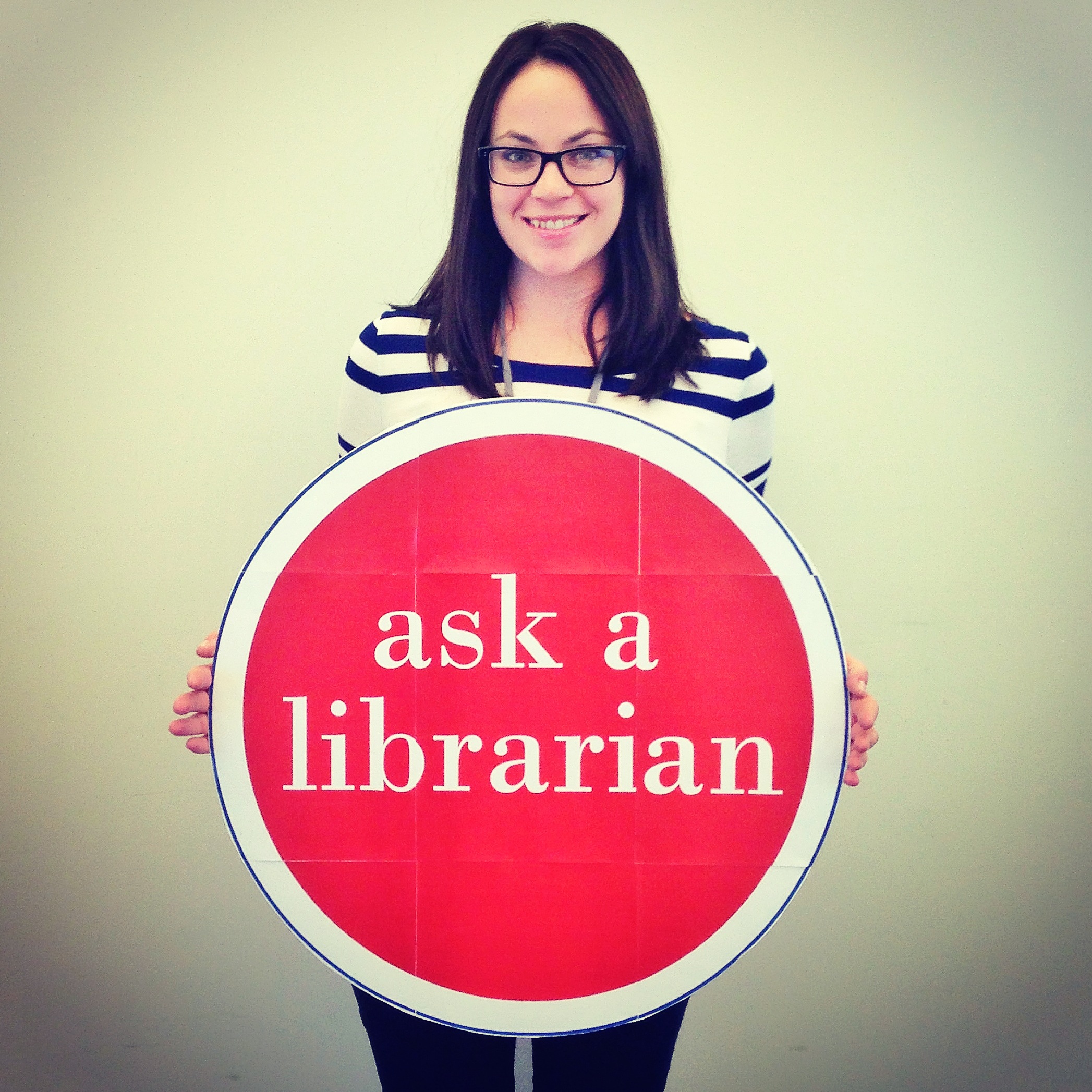This is the origin story of CORA as told from my perspective. I wanted to write this because I am always interested in the story behind the innovative projects my librarian colleagues are a part of. Admittedly, I am making some assumptions here, the most notable being A) you think CORA is innovative and B) you are interested in the story. But hey, I have a rare few hours of calm in the empty library before the semester starts, so why not? Now, just like the story behind any large undertaking, this story starts well before the project actually becomes a reality and includes complicated tangents that range from sticky campus politics, to technological headaches, to outspoken naysayers, to moments of extreme frustration and despair. For the sake of brevity (and professionalism) I am going to edit those tangents out of this particular story. So, here is my (somewhat edited) version:
In 2012, the Reference & Instruction Department at the William H. Hannon Library at Loyola Marymount University hired me fresh out of library school to help them prepare for the implementation of a new core curriculum. It was an exciting time for the library -- information literacy was included as a core undergraduate learning outcome for the first time at LMU. Coordination and collaboration between faculty and the librarians was encouraged and, in some cases, explicitly prescribed in the new core documentation. In those months leading up to the official roll out, there seemed to be a never ending slew of projects needing to be finished before the fall 2013 semester. One of these projects was the creation of an internal database of information literacy based assignments. In the course of a few months we collected, created, and revised what seemed like countless assignments that I later organized in a Microsoft Access database available to our departmental staff on a shared network drive.
This was an important project for us leading up to the new core implementation. Information literacy is incorporated into the core at LMU in both a structured and sequential way with instruction done by librarians at certain key points, but it is also faculty driven. With the new core, our faculty members are required to integrate an information literacy tutorial created by librarians in their First Year Seminar Course and create information literacy based assignments in the upper division courses "flagged" for information literacy. This was a contextual shift in the role of librarians and information literacy instruction at LMU; information literacy was now clearly defined as an undergraduate learning outcome and faculty were expected to integrate information literacy into their instruction. This shift placed LMU librarians in new positions of influence and expertise on campus. We are still expected to develop and teach library instruction sessions, but we are also more heavily involved in creating assignments for core courses. As experts, we act as information literacy consultants for faculty* as they develop assignments and activities for their courses with an information literacy flag. Undertaking the role of consultant was where the database of assignments came in handy the most - it was a central place where we could quickly find interesting and sound assignments that our faculty members could adapt and integrate in their courses.
The problem with our system at the time was that the database could only be accessed by LMU librarians. As I mentioned, it was an internal Microsoft Access database on our network drive and therefore faculty didn't have the ability to browse the collection on their own. We believed that creating an easily accessible resource for faculty attempting to incorporate information literacy assignments into their teaching would be extremely beneficial to our campus community. So we began brainstorming ideas, researching online platforms, open educational resources, and potential funding opportunities to figure out if there was any way to make what we had more public, more open, and more usable for those of us invested in information literacy education. This also happened to be around the time that the new Information Literacy Framework drafts were being released by ACRL; creating a flurry of conversations (and controversy) among instruction librarians about adapting their practices to align more closely with the directions of the Framework. These conversations continue, even now, with the official filing of the new Framework by the ACRL Board and the "sun-setting" of the old Standards. This moment in time felt electric for us; we had the seedling of a project with the potential to benefit both our campus community and our professional community. We knew we needed to act on our ideas as it was likely that if we didn't, we would have to eventually file it into the "good ideas that never got done" folder.
So, we got to work. Susan and I applied for and received a SCELC Project Initiatives Fund (SPIF) grant offered by the electronic resources consortium our library belongs to. (A quick note about SCELC - I can't praise them enough for their generous support of librarians. They have a wide range of funding opportunities and events for librarians at member institutions and the financial support they offer has provided seed funding for good ideas, research funds for librarians, and travel opportunities that wouldn't have existed otherwise for the librarians at the smaller institutions which make up the majority of SCELC members. Needless to say, I am a big fan of SCELC**). Once we had funding, we conducted focus groups with LMU faculty members to gather input on their opinions on the characteristics of effective research assignments and the desired features in a searchable, open access repository. We hired The Cherry Hill Company to build and host the CORA prototype using Drupal,an open source content management platform. Once we made the platform live, we formed the CORA Development Group, a selection of librarians from SCELC member institutions to help us define the future directions and test the viability of the platform. Finally, Susan and I are currently wading into the daunting task of promoting the platform on social media (anyone have tips for us?).
That brings us up to date. My vision is that this space can become a place where librarians and faculty committed to information literacy can come together and build a community of practice that expands our pedagogical practices and broadens our understanding of how information literacy can operate in the classroom. I am a firm believer that information literacy education is most effective when librarians and faculty collaborate and develop a discourse community that builds a foundation of effective and shared communication. I would like to see this space become one where faculty librarian collaboration expands beyond our campus walls and where discussion and shared discourse pushes us forward in new and interesting ways.
But that is my hope. Ultimately, the CORA community gets to shape the future of the platform. I look forward to seeing where it goes.
*Check out my partners-in-crime Susan and Elisa's awesome train the trainer presentation they did at ECIL 2013
**Even though, in 2011 as a MLIS grad student I applied for an internship with them and WAS NOT hired. Water under the bridge.

